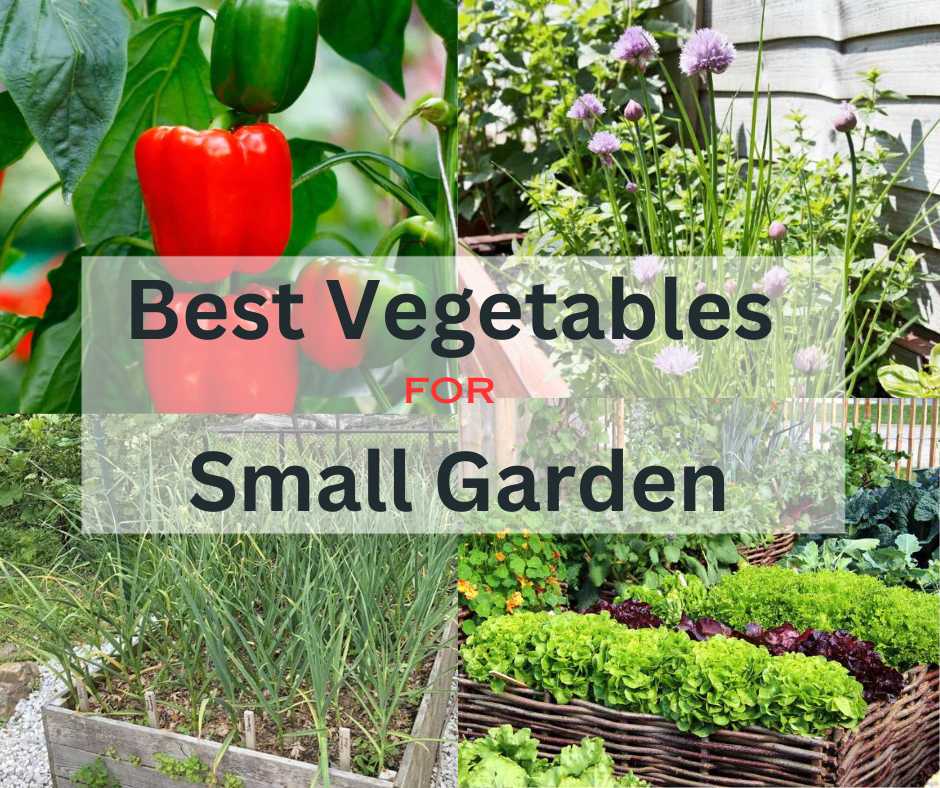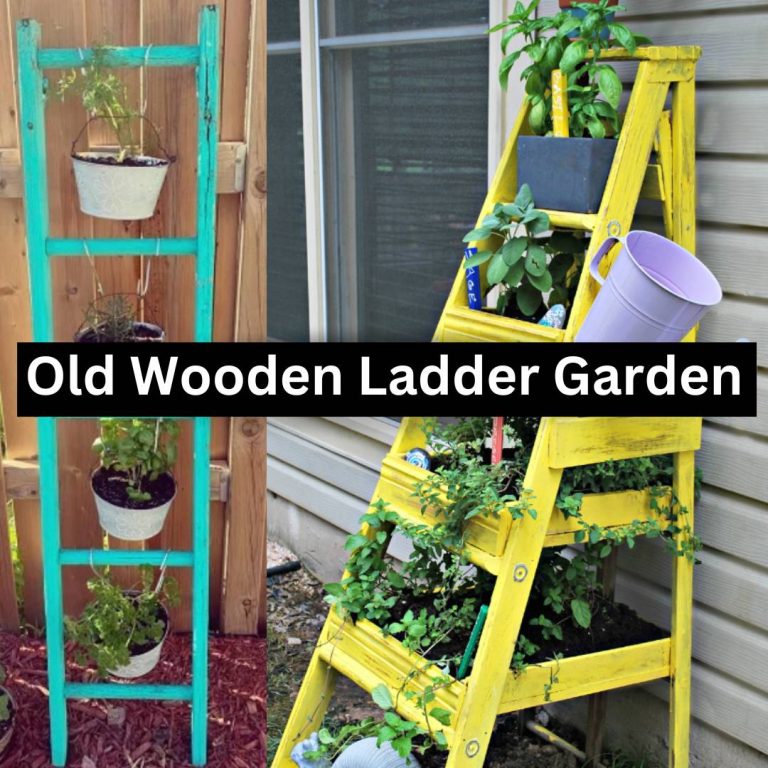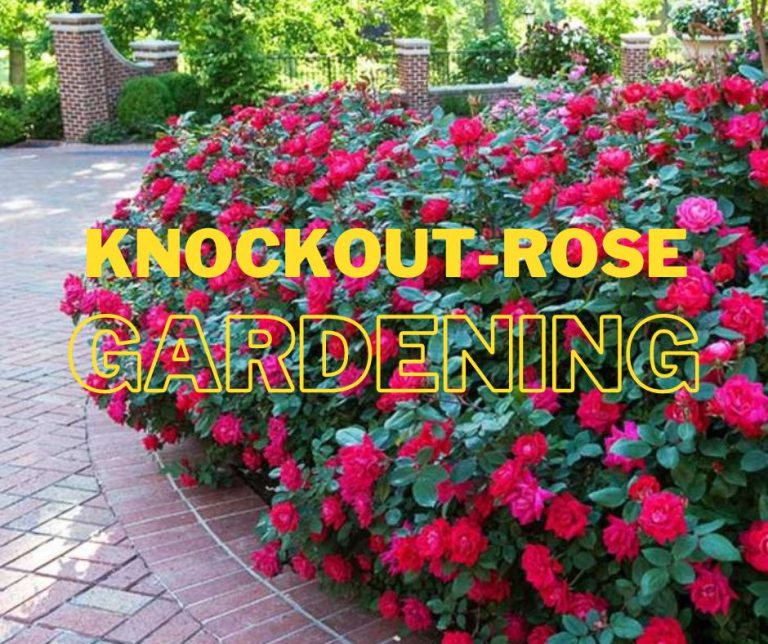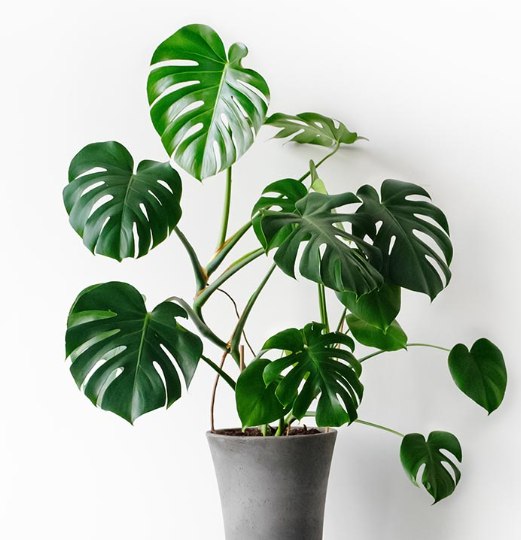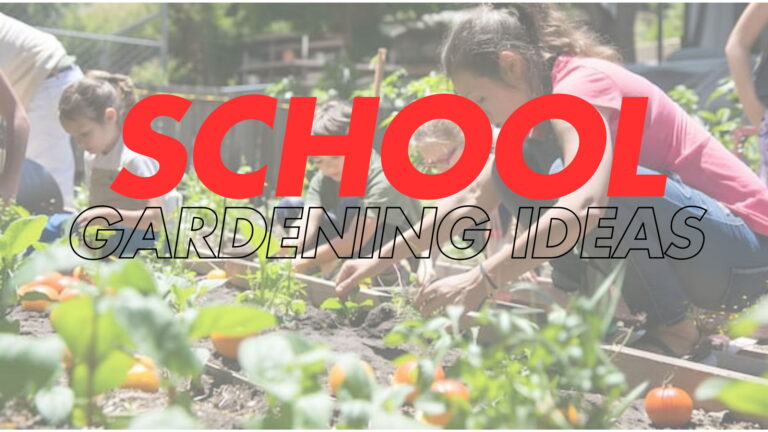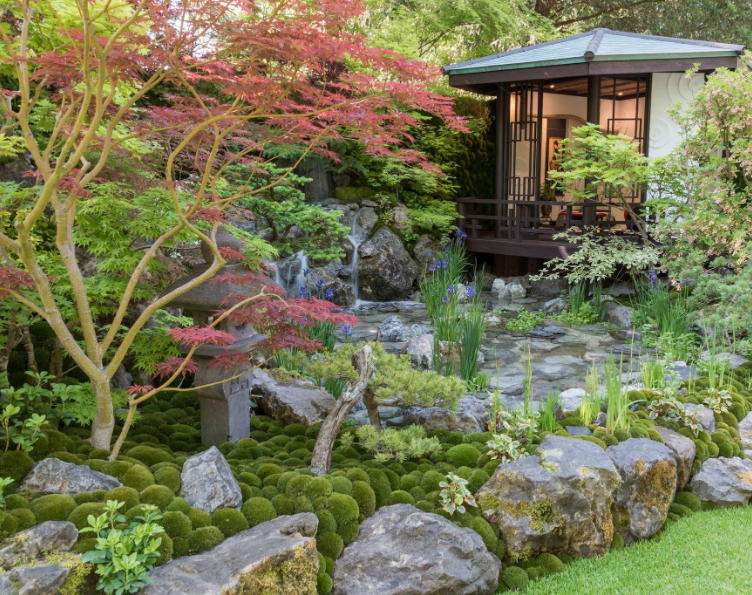8 Best Vegetables to Grow in a Small Garden for Beginners
Dream of growing your own vegetables? Whether you have a balcony or an allotment, there are numerous delicious fruits and vegetables that can be easily grown. Small vegetable garden ideas can transform even small spaces into productive patches. You must choose the best vegetables for the small garden.
If you want to grow various crops like tactile herbs, root vegetables, and fruit trees. Whether living in an apartment building or with a small balcony, successful gardening can be achieved. There are vegetables for the small garden that you can grow.
Growing a small vegetable garden is challenging but rewarding. Good plant choices are key to success. Ten high-yield, fast-growing plants can be grown in small plots, including cherry tomatoes, Little Gem lettuce, peppers, and eggplant. To choose vegetables for the small garden, you can benefit from our article.
Using available space effectively is key to success. Starting small in your garden is important for successful vegetable growth, as it reduces the likelihood of giving up and helps maintain a healthy balance. Here is a short list of small vegetables for the small garden presented for you.
6 Little Tips For Beginners To Start Small Vegetable Garden
Applying Greenhouse Ideas
Greenhouse ideas are important for vegetable gardens, allowing seedlings to be started without frost concerns. They delay frost effects by several weeks, maximizing crop yield, such as picking fresh tomatoes into fall.
Vertical Height With Hanging Baskets
Hanging baskets increase vegetable productivity in small garden ideas, providing a versatile platform for a variety of vegetables, especially lettuce, rocket, and spinach.
Vertical Gardening With “Pergola”
Vertical garden ideas optimize space, protect crops from pests, and are easier to care for. Pair cucumbers, squash, pumpkins, and beans with pergola ideas for a support system for growth.
Growing Vegetables In Pot
Vegetable garden container ideas provide a solution for shady areas in smaller gardens, allowing for the growth of various edibles in shaded areas.
Using Trellis For Compact Small Vegetable Garden
A smart small vegetable garden idea is to utilize vertical surfaces in vegetable garden trellis ideas to maximize space for crop growth.
Using Creativity In A Window Box
Window and planter box ideas are ideal for low-growing kitchen garden edibles like herbs and salad leaves and should be designed to fit the window’s conditions.
Collection of Nutritious Vegetables In Your Small Garden
1. Tomatoes
Tomatoes are a popular and laid-back vegetable, suitable for hanging plants or vertical container cultivation. Cherry tomatoes are a popular choice for small-space gardens due to their compact clusters and easy maintenance. They can be grown in beds, borders, or hanging baskets.
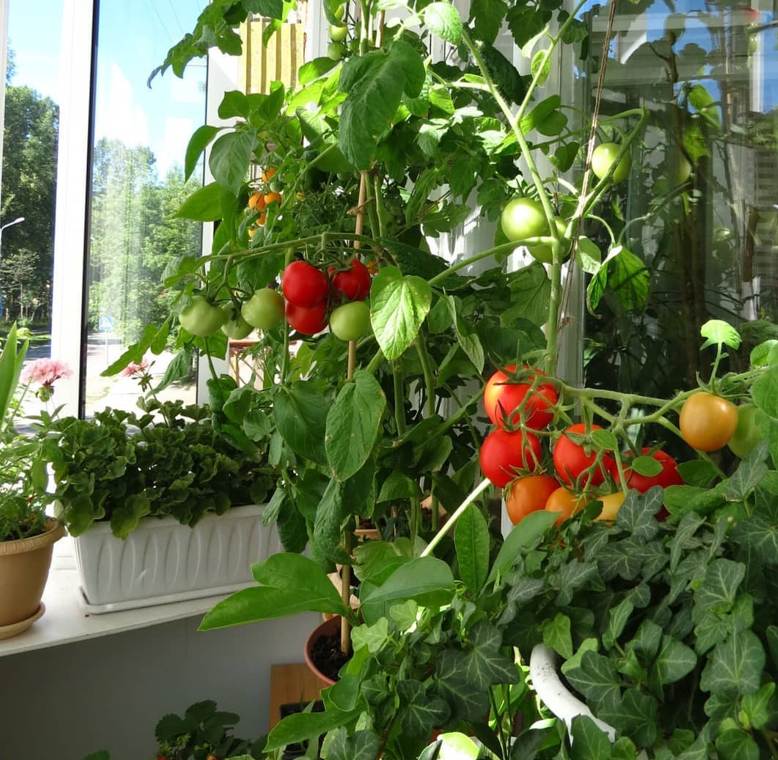
To grow, choose grafted and garden-ready plants in tomato grow bags. Young plants require plenty of water and a high potash feed. These sweet tomatoes are perfect for picking and can be grown in small containers or hanging baskets.
Varieties
The Romello F1 Hybrid bush tomato is sensitive to blight and produces cherry-sized, sweet-tasting tomatoes, while the ‘Red Profusion‘ tiny fall tomato is ideal for hanging basket production.
What To Keep In Mind
Heat-loving tomatoes can be grown from seed or transplants. Indeterminate types require stakes and are not suitable for containers. Determinate types have fruit that ripens quickly and stay three to four feet tall. Tomatoes take 50 to more than 80 days to grow from seedling to harvest. Tomatoes are a summer-season vegetable.
Tomato seeds must be started indoors between March to June. Tomato plants need 1 to 2 inches of water per week. Most tomato plants are annual plants, which only survive one growing season(6-8 months), so tomato plants need to be planted once a year.
Health Benefits
Tomatoes are a nutritious fruit with essential nutrients like vitamin C, potassium, and antioxidants. They are rich in lycopene, which helps reduce blood pressure and improve blood vessel function. Potassium also helps lower blood pressure. Tomatoes also have detoxification effects, may reduce inflammation and gout symptoms, and are low in carbs. They are also beneficial for diabetes.
2. Beans
Runner beans are easy to grow and can be grown on fences, trellis, or in patio containers. Pole beans grow long vines, making them suitable for small balconies or patios. Training them up a pole or trellis yields a large, long harvest in small spaces. Vertical gardening is a great way to maximize space, using vines like pole beans and eye-catching seeds like “yard long” and purple pods to add color to your small space.

Varieties
Dwarf runner bean ‘Hestia’, compact and easy to grow on the patio, requires little support, while ‘Firestorm’ offers stringless, sweet pods on 3m tall vines.
What To Keep In Mind
Beans offer numerous varieties and are prolific. Sow seeds directly in the ground, choosing pole or bush beans. Read seed labels for “days to maturity” to know when to harvest specific types. You should sow runner bean seeds between April and July after the last frost.
Bush beans are produced in 50-55 days, and pole beans in 55-65 days. Provide well-drained soil and two inches of water per week. Beans grow roots and leaves in their first year. They flower, set seeds, and die in their second year.
Health Benefits
Beans are a rich source of fiber, vitamins, protein, and minerals, making them a valuable addition to weight loss. They are rich in zinc, copper, manganese, selenium, vitamins B1, B6, E, and K, and can help fight acne, inflammation, skin damage, and hair growth.
3. Peppers
Smaller pepper varieties like chili, habanero, Thai, jalapeno, tabasco, and pepperoncini are ideal for raised-bed gardens or potted plants, while red and yellow-green peppers add color. Peppers are easy-to-grow, attractive plants that thrive in pots and gardens, making them ideal ornamental edibles for window boxes and compact gardens. In the spicy world, it is one of the spicy vegetables for the small garden.
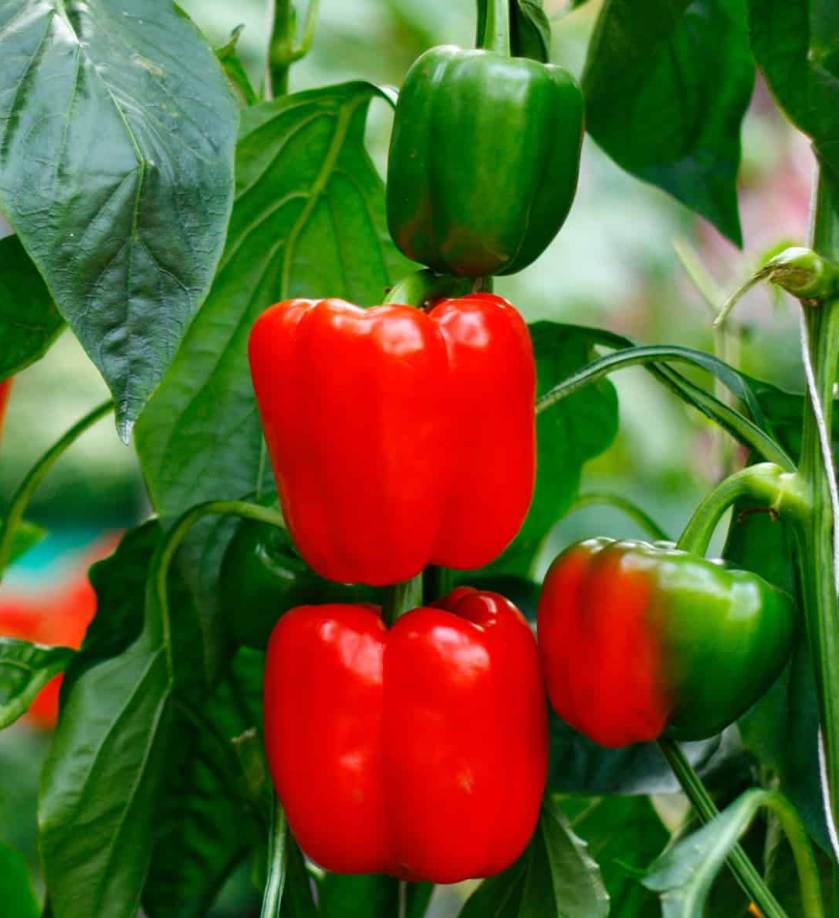
Varieties
The ‘Tangerine Dream’ pepper variety produces 3-inch long, sweet orange peppers in 70 days, while ‘Mini-Belle Mix’ offers multicolored, 1-inch sweet bell peppers that ripen in 60 days. ‘Sweet Heat’ produces mildly spicy peppers in 56 days, and ‘Thai Hot’ produces bright red peppers in 40 days.
What To Keep In Mind
Peppers thrive in containers, beds, or sunny patios. Transplants are recommended for indoor planting, but staking is necessary. You should use 8-inch pots and one plant per 2 gallons of soil. It also thrives in pint-sized garden plots and smaller varieties, making them ideal for ornamental landscaping or pot cultivation.
Health Benefits
Peppers, which are high in antioxidants, flavonoids, and essential oils, may minimize the incidence of cataracts, macular degeneration, anemia, chronic diseases, memory loss, blood sugar control, and have vitamin A and fiber.
4. Potatoes
Planting seed potatoes in huge tubs or sacks on the patio is the simplest way to grow your own potatoes. From March onwards, you can plant your tubers in lots of organic matter or compost as long as they are protected from frost. Potatoes are an extremely adaptable vegetable, both in the kitchen and in the garden. Potatoes are sustainable, affordable, and widely available, with a lower carbon footprint and less land and water consumption compared to other fruits, vegetables, and cereals.
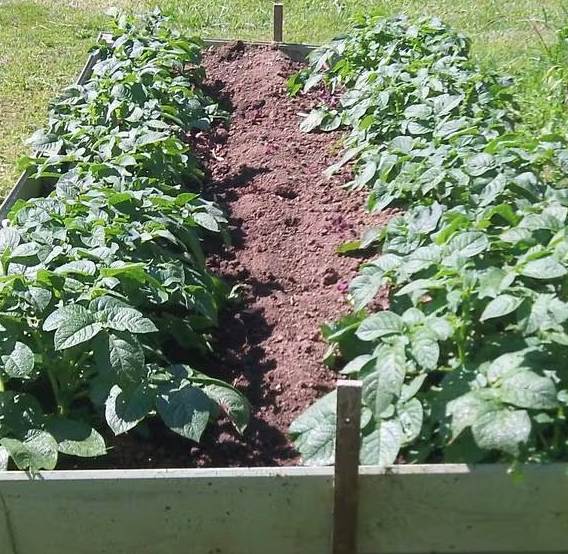
Varieties
Potato ‘Homeguard’ is a popular first early variety, ready for harvest between May and July.’Patio Refill Potato Collection’ includes three varieties of patio pots.
What To Keep In Mind
Potatoes can be harvested within six to eight weeks of planting, with later varieties available for early frost enjoyment. Early varieties grow faster and are typically more expensive. Potatoes can be ready as early as ten weeks, but full-sized ones take 80-100 days. Maintain moisture, 1 to 2 inches a week, and choose the right type, which takes 12-20 weeks to grow.
Health Benefits
Potatoes are a rich source of vitamin C, potassium, fiber, and protein, providing a nutrient-dense base for a balanced diet. They were once life-saving due to their antioxidant properties and potential to prevent scurvy and heart disease.
5. Radishes
Radishes, small, hardy, and quick-maturing root vegetables, are versatile container vegetables with a variety of flavors. They can be used in salads, stir-fries, ramen, or toast. Radishes are quick and easy to grow from seed, with crunchy peppery roots ready just four weeks after sowing, best sown outdoors in late spring. Moreover, it is one of the traditional vegetables for the small garden that mixes with any taste buds.
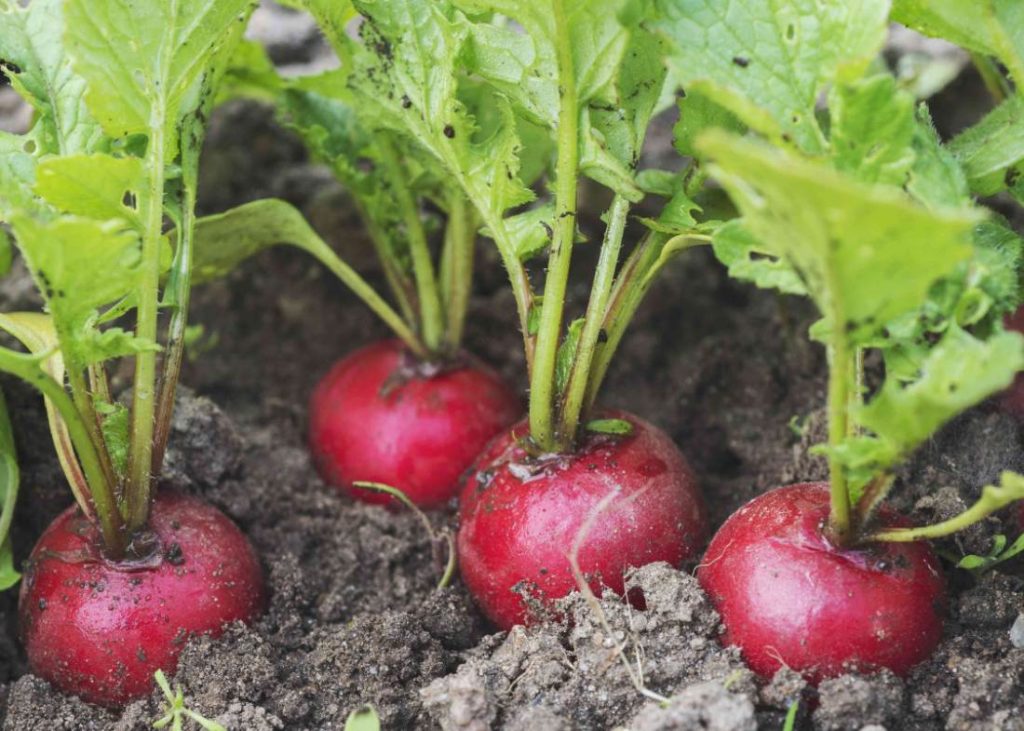
Varieties
French Breakfast 3 is a renowned radish variety, earning an RHS Award of Garden Merit, while ‘Rainbow Mixed offers a vibrant blend of purple, red, white, and gold roots.
What To Keep In Mind
Radishes are a quick and easy last-minute crop, ready for harvest three weeks after planting. They are edible and can be harvested in early April or early September, making them ideal for replanting. Garden radishes are harvested three to five weeks after planting, and require regular watering to prevent pithy growth. They are biennials with a two-year life cycle. Watering depends on soil moisture.
Health Benefits
Radishes are rich in vitamin C, and essential minerals like calcium, iron, and potassium, and have anti-inflammatory properties. They also fight acne and prevent anemia. Vitamin B12 in white radish promotes iron absorption and hemoglobin synthesis, improving physical strength and preventing anemia.
6. Lettuce
Mixing up lettuce shapes, sizes, and colors in a container garden is key. Leaf lettuces require minimal root space and can be harvested as a cut-and-come-again crop. Salad greens like leaf lettuce, Swiss chard, spinach, and kale take only six weeks to mature. It is the most wanted vegetable for the small garden.
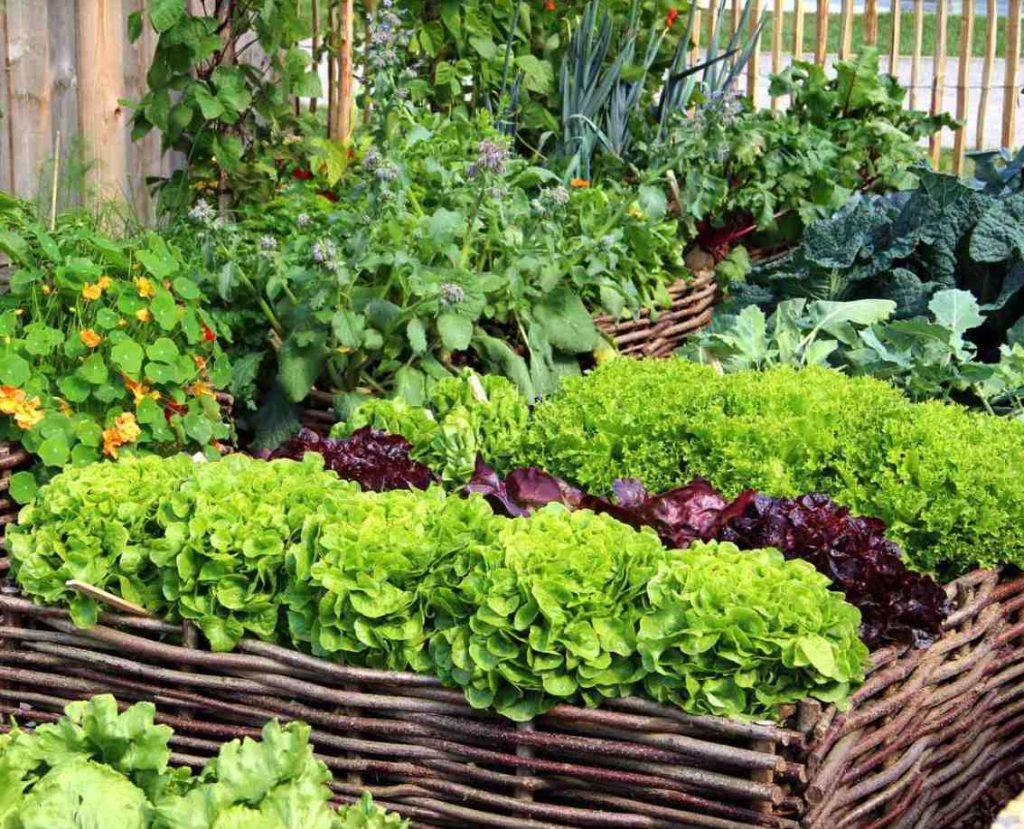
Varieties
‘Little Gem’ is a 35-day-old mini-romaine that forms a 4-inch wide head, ideal for individual salads and sandwiches due to its firm upright habit.
What To Keep In Mind
Lettuce lives 65-130 days from planting to harvesting, with most varieties requiring full sunlight. Maintaining soil moisture, especially in hot climates, is crucial. Harvesting occurs 30-70 days after planting.
Health Benefits
Lettuce is a rich source of beta-carotene, folate, and essential minerals like calcium, phosphorous, magnesium, and potassium. Green leaf lettuce has more vitamin C, while red lettuce offers more K. Both types support eye and skin health.
7. Herbs
Herbs like basil, parsley, cilantro, chives, and dill are easy to grow indoors or outdoors, requiring only four to six hours of sun per day. They’re versatile and share space with other plants, making them a great addition to any garden.

What To Keep In Mind
From January to April, you should sow basil, chives, and parsley seeds under glass. Basil needs 5-10 days to sprout, chives require 2-3 weeks, while cilantro takes 35-40 days. Water once a week, occasionally twice a week in cold weather.
Health Benefits
Herbs, including chervil, coriander leaves, and parsley, are high in protein, vitamins A, C, and K, and are a great source of zinc.
8. Garlic
Garlic bulbs, grown in late fall or early spring, require six inches of space between plants and store well over winter. They are easy to grow from set or seed. Garlic, a widely consumed vegetable, can be grown in rotation with rice in a garlic-rice system, generating significant economic income.
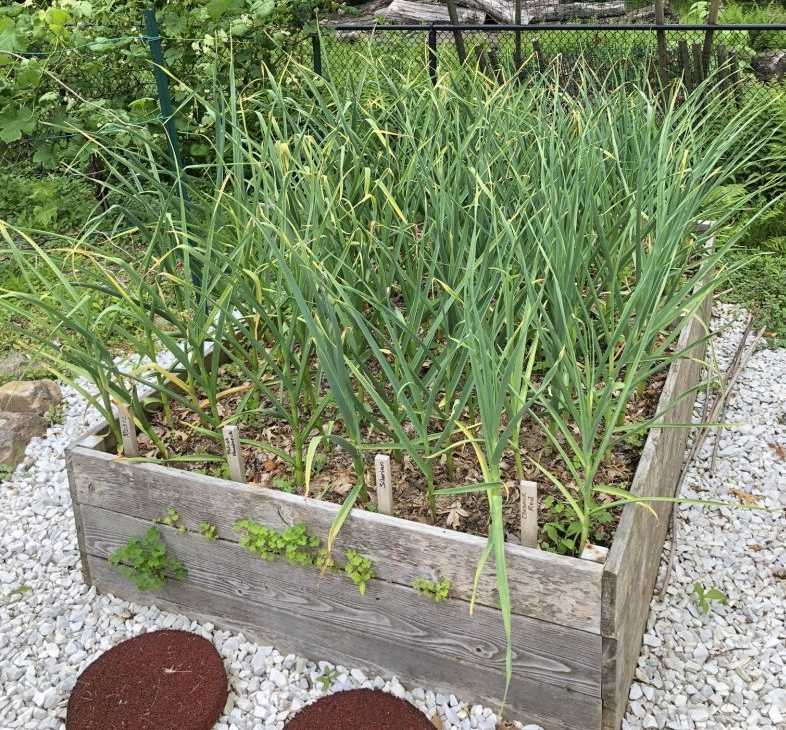
What To Keep In Mind
Firstly, you should fill a cup with water. Secondly, you have to add cloves and wait a week. Then, you can see the sprout, and it is ready to plant roots, and you can harvest from January to April.
Health Benefits
Garlic is beneficial for the blood system and heart conditions like atherosclerosis, high cholesterol, heart attack, hypertension, chronic kidney disease, and liver cleansing due to selenium minerals. Garlic is a great source of vitamin C.
Final Insight
For benefit of you, you have to choose the best vegetables for the small garden. It does not care that your space is too narrow. But your main focus is the usefulness of the small garden to your day-to-day life. There are enough vegetables that can grow efficiently in your indoor or outdoor garden. But it’s your choice to plant which vegetable you want to eat! Stay healthy!

I am the founder of FinalGardening. With over five years of hands-on experience in gardening. I have dedicated myself to sharing my expertise and insights with fellow gardening enthusiasts. I aim to empower you with the information and necessary resources to achieve gardening success.

